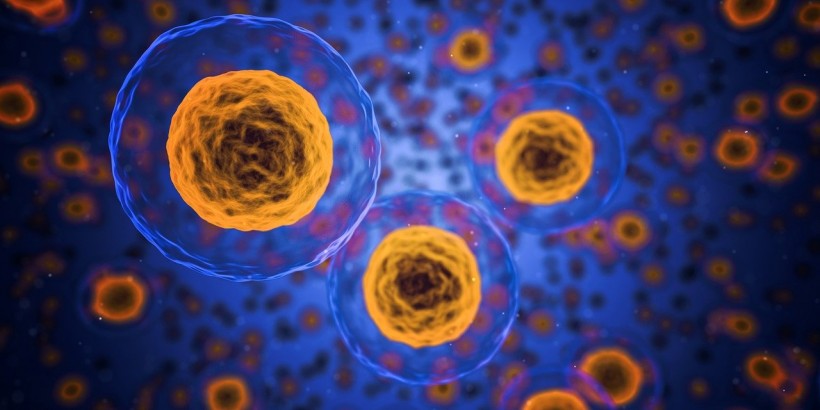A team of investigators at Cedars-Sinai Medical Center developed an investigational therapy that protects diseased motor neurons in the spinal cord of patients with the fatal neurological disorder called amyotrophic lateral sclerosis (ALS) or Lou Gehrig's disease by combining stem cell and gene therapy to deliver protective protein past the blood-brain barrier, Medical Xpress reported.
Professor Clive Svendsen, Ph.D., the senior and corresponding author of the study, said that they used stem cells to deliver essential proteins to the brain and spinal cord that cannot get through the blood-brain barrier.
The first trial was promising because it demonstrated that the therapy is safe for humans and can survive and produce essential proteins for over three years that protect motor neurons in ALS patients.
Treatment for ALS Aimed At Managing Symptoms, Improving Quality of Life
According to Medical News Today, there is no cure for ALS, but existing treatments aim to alleviate symptoms, prevent complications, and slow the disease's progression.
Managing its symptoms, improving the patient's quality of life, and prolonging their life may involve a team of specialists, as ALS can cause a range of physical, mental, and social changes.
There have been medicines approved for ALS that can slow the progression of the disease and the decline in physical function by one-third. But doctors may also prescribe both medications and therapy to help patients manage their pain and improve mobility.
For example, Medical Xpress reported that the investigational therapy that has just undergone its first trial is aimed at preserving leg function.
Cedars-Sinai scientists said that none of their 18 patients treated with the therapy showed any severe side effects after transplantation of stem cells, which were originally designed to produce the glial cell line-derived neurotrophic factor (GDNF) that promotes the survival of motor neurons.
Diseased glial cells in ALS patients mean they are less supportive of motor neurons, progressively degenerating and causing paralysis. But the stem cells could turn into new supportive glial cells and release GDNF protein by transplanting them to the central nervous system so motor neurons could stay alive.
But since GDNF cannot pass through the blood-brain barrier, co-lead author Dr. Pablo Avalos said that the new method helps it get to where it needs to go and protect motor neurons.

Combined Stem Cell, Gene Therapy Showed Potential Protective Abilities in Motor Neurons of ALS Patients
ALSO READ: ALS Patients Find New Hope in a New Oral Drug Candidate Scientists are Currently Examining
First Trial Shows Promise
According to Science Daily, the team developed a new injection device called CNS10-NPC-GDNF to safely deliver the stem cell-gene product to the spinal cord.
Patients were followed for a year after the transplantation to measure the strength in the treated and untreated legs to test their safety. All patients showed no negative effect of the stem cell-gene transplant on the treated leg compared to the untreated leg.
Dr. J. Patrick Johnson, a co-lead author of the study, said that proving that stem cells can survive long enough and are safe in the ALS patient is key in going forward with the investigational therapy.
They noted that even though there are no serious side effects, some patients have too many stem cells in the spinal cord that end up in sensory neurons that may cause some instances of pain. Also, Svendsen said that they found some benign growths linked to cell transplantation that they will address in future studies.
Their next study will focus on targeting lower in the spinal cord and have ALS patients in their earlier stage as participants to have a better look at the effects of the treatment on the progression of ALS.
RELATED ARTICLE: Amyotrophic Lateral Sclerosis Medicine: Study Suggests to Focus on the Brain Not Just Spinal Cord for ALS Therapy
Check out more news and information on Medicine & Health in Science Times.














